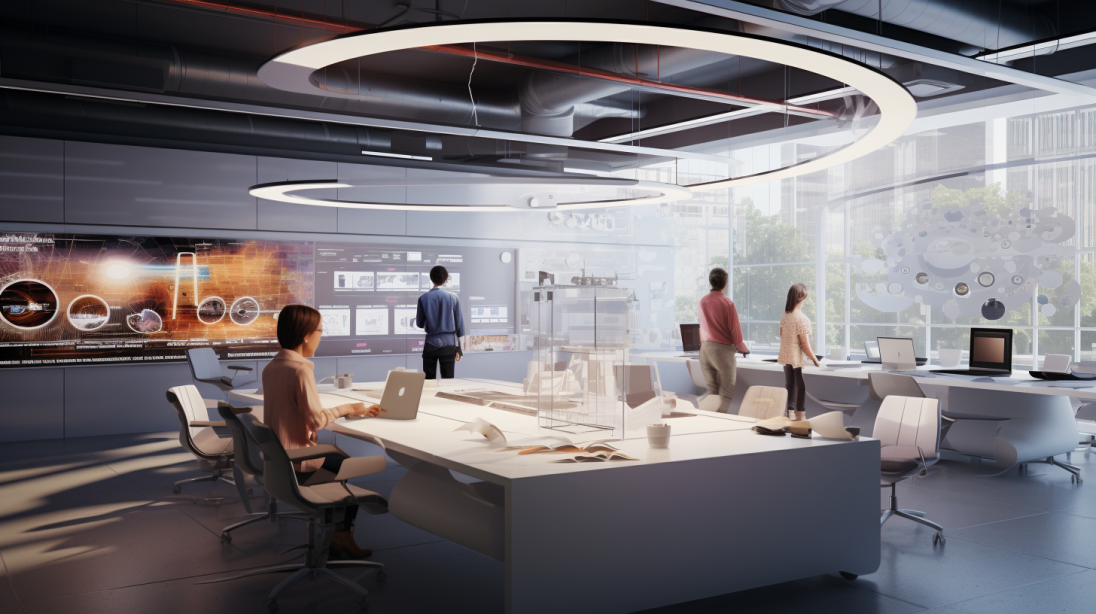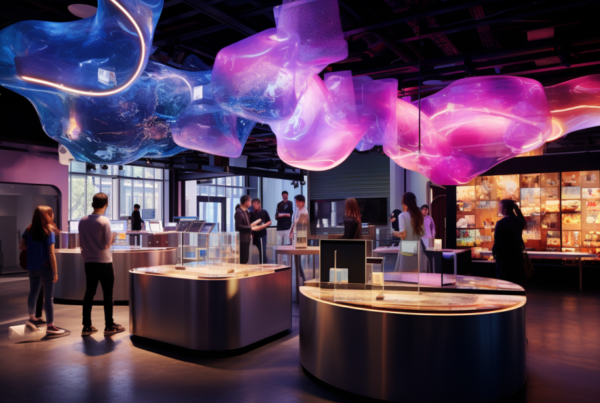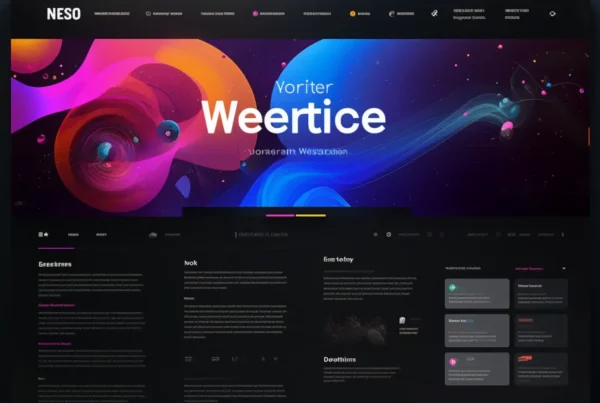Introduction: The Evolving Landscape of User Interface Design
In the digital world, User Interface (UI) design plays a pivotal role in user engagement and experience. This article delves into the latest innovative UI trends that are shaping the way users interact with digital products, enhancing both aesthetics and functionality.
The Importance of UI in User Engagement
- First Impressions: UI design is often the first point of interaction with a user, setting the tone for their experience.
- Usability: Good UI design enhances usability, making it easier for users to navigate and find information.
- Brand Identity: The UI reflects a brand’s identity and values, influencing user perception.
Embracing Minimalism
Minimalism continues to be a dominant trend in UI design, focusing on simplicity and clarity.
Minimalist Design Features
- Simplicity in Layout: Clean, uncluttered layouts that prioritize content.
- Neutral Color Schemes: Using subtle and harmonious colors for a serene user experience.
- Intuitive Navigation: Streamlined navigation elements that enhance user understanding and interaction.
Interactive Elements and Micro-Interactions
Interactive elements and micro-interactions add a level of engagement and dynamism to UI designs.
Enhancing Interactivity
- Animated Feedback: Using subtle animations as feedback for user actions.
- Hover Effects: Providing visual cues through hover states on clickable elements.
- Loading Animations: Making waiting times more engaging with creative loading indicators.
Advanced Personalization
Personalization in UI design offers a unique and tailored experience to each user, increasing engagement and satisfaction.
Personalizing User Experience
- Customized Content: Displaying content based on user preferences and history.
- Adaptive Interfaces: UI that adapts to the user’s behavior and context.
- User-Centric Navigation: Navigation options that adjust to the user’s journey.
Neumorphism: A New Take on Skeuomorphism
Neumorphism blends flat design with skeuomorphic elements, creating a soft, extruded aesthetic.
Characteristics of Neumorphic Design
- Soft Shadows and Light: Subtle use of shadows and light for a soft 3D appearance.
- Tactile Elements: Design elements that mimic physicality and tactility.
- Subdued Color Palette: Utilizing muted colors to emphasize shadows and highlights.
Dark Mode: Beyond Aesthetics
Dark mode has become more than just a color scheme choice, offering both aesthetic and practical benefits.
Advantages of Dark Mode
- Reduced Eye Strain: Easier on the eyes, especially in low-light environments.
- Battery Efficiency: Less power consumption on OLED and AMOLED screens.
- Visual Appeal: Offering an alternative visual experience that can highlight other design elements.
Immersive Full-Screen Experiences
Full-screen experiences that immerse the user completely in the content, providing a distraction-free and engaging experience.
Implementing Full-Screen Design
- Hero Images and Videos: Utilizing large, captivating visuals that fill the screen.
- Overlay Navigation: Incorporating navigation elements that appear over the full-screen content.
- Scroll-Triggered Animations: Animations that activate as users scroll through a full-screen layout.
Inclusivity and Accessibility in UI Design
Inclusive and accessible design ensures that digital products are usable by everyone, including people with disabilities.
Designing for All Users
- Color Contrast: Ensuring text and background contrasts meet accessibility standards.
- Keyboard Navigation: Designing for users who navigate using a keyboard instead of a mouse.
- Alt Text for Images: Providing descriptive text for images and non-text content.
Conclusion: The Future of UI Design
Innovative UI trends are constantly redefining the boundaries of user engagement and digital design. By embracing minimalism, interactive elements, personalization, neumorphism, dark mode, immersive experiences, and prioritizing inclusivity and accessibility, UI designers can create experiences that are not only visually appealing but also highly functional and user-centric. These trends highlight the ongoing evolution of UI design as an integral component of the digital user experience.



